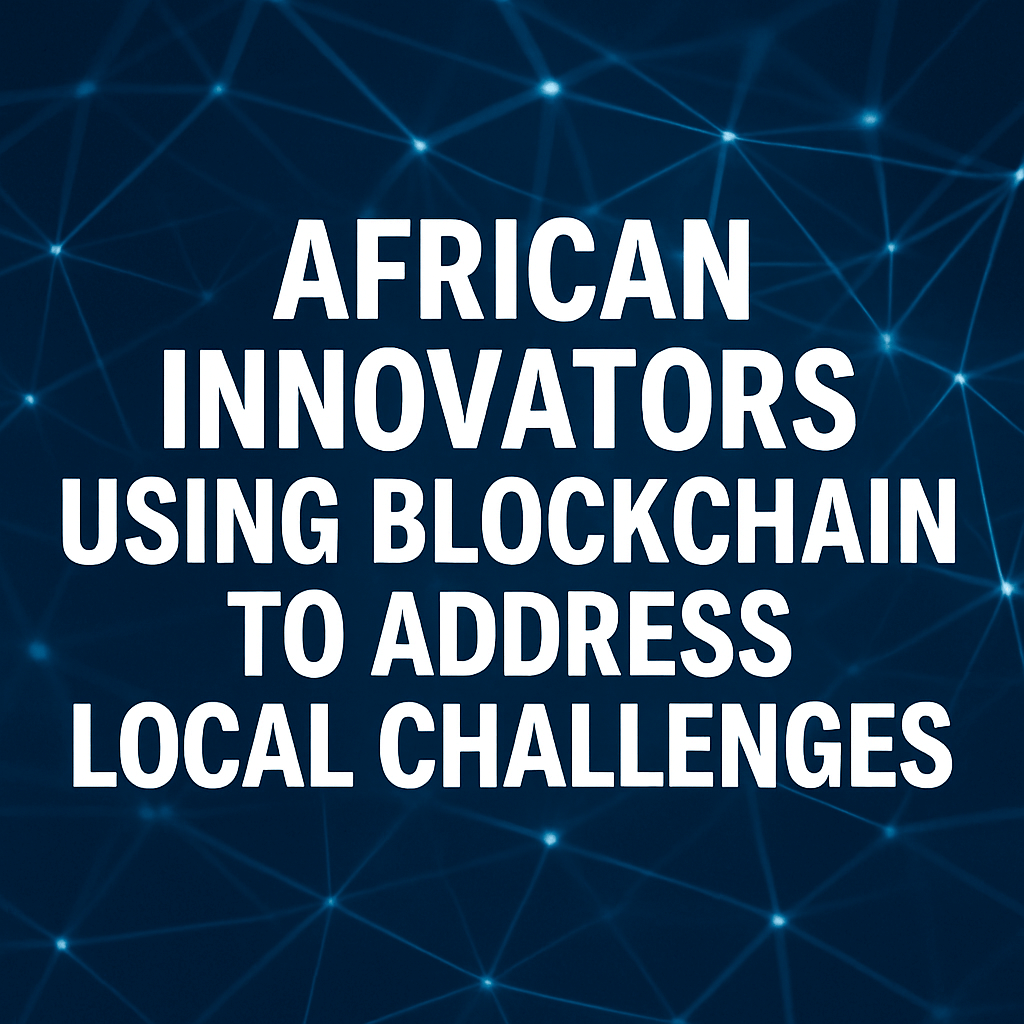African Innovators Using Blockchain to Address Local Challenges

While blockchain in the West often revolves around speculation and evolving regulation, across Africa the technology is driving practical solutions in finance, energy and connectivity. In a recent episode of The Clear Crypto Podcast, Kevin Imani, head of StarkWare’s Africa Venture Studio, detailed how local innovators leverage blockchain to tackle systemic challenges, from cross-border payments to decentralized microgrids.
A Student-Led Blockchain Revolution
“Young students were using blockchain before it was mainstream,” Imani recalled. In universities from Nairobi to Lagos, grassroots communities adopted stablecoins and digital assets for peer-to-peer remittances. With limited formal banking infrastructure and high forex spreads, receiving USDC, USDT or BUSD directly on Ethereum Mainnet or Binance Smart Chain offered greater efficiency than traditional systems. Early adopters employed automated market makers (AMMs) on decentralized exchanges to convert crypto to local fiat via parallel order books, circumventing costly off-ramp procedures.
“These were kids holding stablecoins not to spend them, but to store value,” said Imani, highlighting the role of crypto as a hedge against currency depreciation.
To mitigate network congestion and high gas fees, student groups experimented with Layer2 rollups such as Optimistic rollups on Arbitrum and zk-rollups on StarkNet. Deploying simple Solidity smart contracts on testnets allowed them to prototype peer-to-peer lending platforms with multi-signature escrow functionality.
Decentralized Finance for Cross-Border Payments
One of the primary use cases remains cross-border remittances. Africa receives over $48 billion in remittances annually, with traditional corridors charging 6–9% in fees. By contrast, blockchain-based transfers on protocols like Stellar, Ethereum and Binance Smart Chain reduce fees to 0.5–1.5%. Many startups integrate non-custodial wallets with on-chain liquidity pools, leveraging AMMs to enable instant swaps between stablecoins and local tokens. Through smart contract–based escrow and Council node validators, platforms ensure compliance with regional KYC/AML regulations.
Blockchain Beyond Finance: Energy Management
In rural Zambia, a mini-hydro station generates surplus electricity during off-peak hours. By routing excess power to Bitcoin ASIC miners, operators monetize untapped capacity. Using blockchain-enabled microgrid controllers, energy production and consumption data is logged on an Ethereum sidechain, minting ERC-20–compliant energy credits. These tokens can be traded peer-to-peer or redeemed for local services, creating a self-sustaining circular economy that reduces waste and enhances grid stability.
Enhancing Connectivity with Decentralized Wi-Fi Networks
Connectivity remains a barrier in remote regions. Projects like Helium deploy LoRaWAN-based hotspot nodes that earn HNT tokens for providing data coverage. Similarly, Althea and RightMesh enable community members to share broadband bandwidth via state channels, with micropayments settled on-chain. This model eliminates centralized ISPs, democratizes internet access and incentivizes local participation through transparent ledger entries.
Regulatory Landscape and Compliance Challenges
Africa’s regulatory environment is evolving rapidly. Nigeria’s Central Bank initially imposed a ban on crypto trading via local banks in 2021, but subsequent dialogue with fintech players led to a more nuanced approach, allowing licensed Crypto Asset Service Providers (CASPs) under CBN guidelines. South Africa’s Financial Sector Conduct Authority (FSCA) requires VASPs to register and comply with FATF’s Travel Rule, implementing on-chain proof-of-reserves and periodic financial reporting. Kenya’s Capital Markets Authority operates a regulatory sandbox to test blockchain pilots, issuing provisional licenses to projects meeting strict security audits and smart contract verification protocols.
Technical Deep Dive: zk-Rollups and Layer2 Solutions
StarkWare’s StarkNet leverages zk-STARK proofs to batch thousands of transactions off-chain, committing succinct proofs on Ethereum Mainnet. This architecture boosts throughput to over 3,000 TPS while reducing gas costs by up to 90%. Cairo, StarkNet’s native language, allows developers to build composable ZK circuits that ensure data integrity and privacy. African developers at the Venture Studio have deployed proof-of-concept DApps for microloans and identity verification, demonstrating sub-second finality and verifiable computation.
Future Outlook: Integrating Blockchain with AI and IoT
Industry experts anticipate the convergence of blockchain with artificial intelligence and Internet of Things (IoT) devices. By integrating Chainlink’s decentralized oracles, smart contracts can trigger automated energy transfers based on AI-driven demand forecasts. IoT sensors in agritech projects can record crop yields on-chain, enabling transparent supply chains and carbon credit tokenization. Such innovations promise to enhance the reliability and scalability of blockchain solutions across the continent.
To explore these insights further, listen to the full conversation on The Clear Crypto Podcast on Cointelegraph’s podcast page, Apple Podcasts or Spotify.